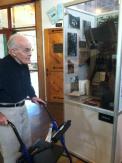 We had a wonderful visitor today that tied present-day to our past. Mr. Edwin R. “Ted” Spears of Wheeling came in to visit the Schrader Center and reminisce about the walks that he participated in with Mr. A.B. Brooks. Alonzo Beecher Brooks was Oglebay Institute’s original naturalist from 1927 – 1944, and he started many traditions that we sustain today. The current Astronomy program and Mountain Nature Camp were born from the foresight and efforts of Mr. Brooks, as well as the nature walks that Mr. Spears proudly participated in during the mid-1900’s.
We had a wonderful visitor today that tied present-day to our past. Mr. Edwin R. “Ted” Spears of Wheeling came in to visit the Schrader Center and reminisce about the walks that he participated in with Mr. A.B. Brooks. Alonzo Beecher Brooks was Oglebay Institute’s original naturalist from 1927 – 1944, and he started many traditions that we sustain today. The current Astronomy program and Mountain Nature Camp were born from the foresight and efforts of Mr. Brooks, as well as the nature walks that Mr. Spears proudly participated in during the mid-1900’s.
Mr. Brooks had such a big following for his nature walks that the A.B. Brooks Nature Center was built in 1954 to provide shelter to nature program participants. That building stood for nearly 50 years before the Schrader Environmental Education Center was built in 2000. The Schrader Center pays tribute to Mr. Brooks by continuing his commitments through a Thursday evening volunteer-administered Astronomy program at 9:00pm and morning Guided Nature Walks every Tuesday at 10:00am. The Brooks Bird Club was named in recognition of Mr. Brooks, as well as Oglebay’s A.B. Brooks Discovery trails—the same trails that Mr. Brooks used during his notable time as naturalist.
Mr. Spears also knew Henry Stifel Schrader, a founding member of Oglebay Institute who presided over the dedication of the A.B. Brooks Nature Center. As a tribute to Mr. Schrader’s commitment to both the company and the community, the Schrader Environmental Education Center is named in his honor. The Schrader Center recognizes both remarkable men and the legacy they left. Mr. Spears, 92, was accompanied by Mary-Bess Halford, librarian at Bethany College for 16 years. For more information about our Tuesday morning Nature Walks and Astronomy program, please call the Schrader Center at 304-242-6855. – By Sara Fincham, Schrader Center Customer Service Representative .
.
Filed under: Brooks Bird Club, Clubs, Environmental Education, Nature, Oglebay Park, Schrader Center, Summer Programs, Trails, Uncategorized, Volunteers, Wheeling | Tagged: A.B. Brooks, astronomy, naturalist, nature walks, Oglebay, schrader center, Trails | Leave a comment »


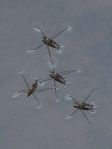
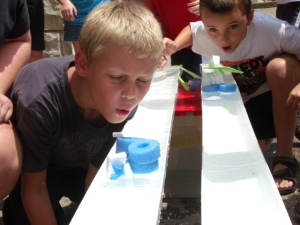


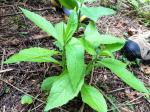
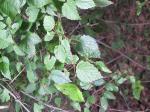
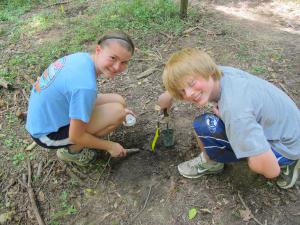


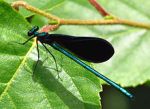








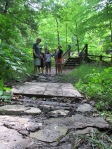


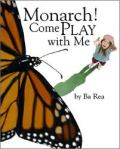

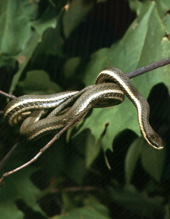

You must be logged in to post a comment.